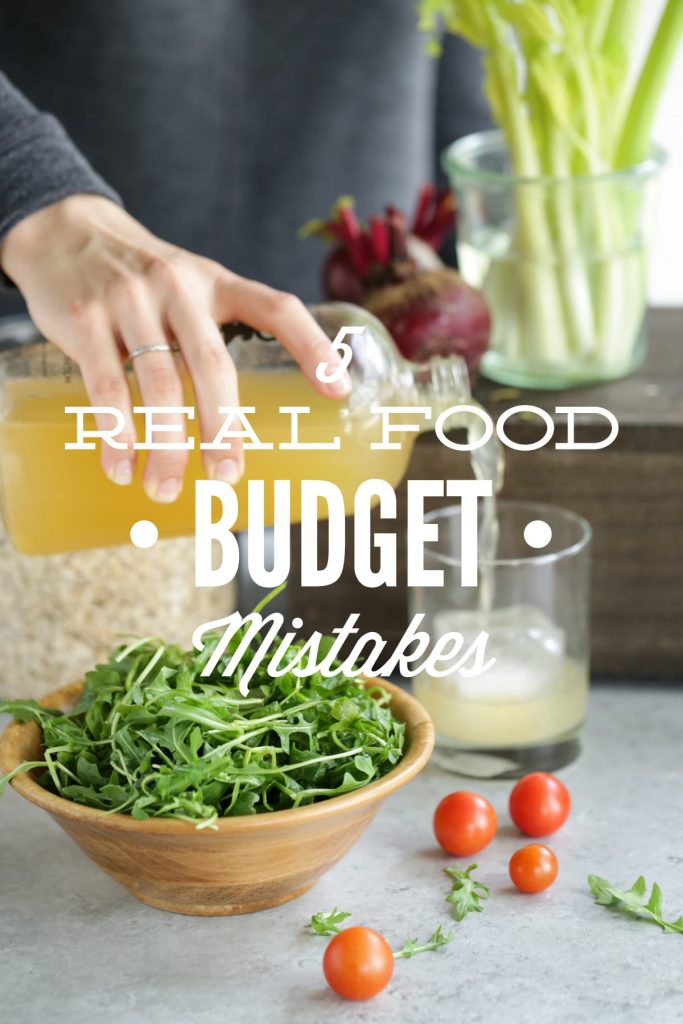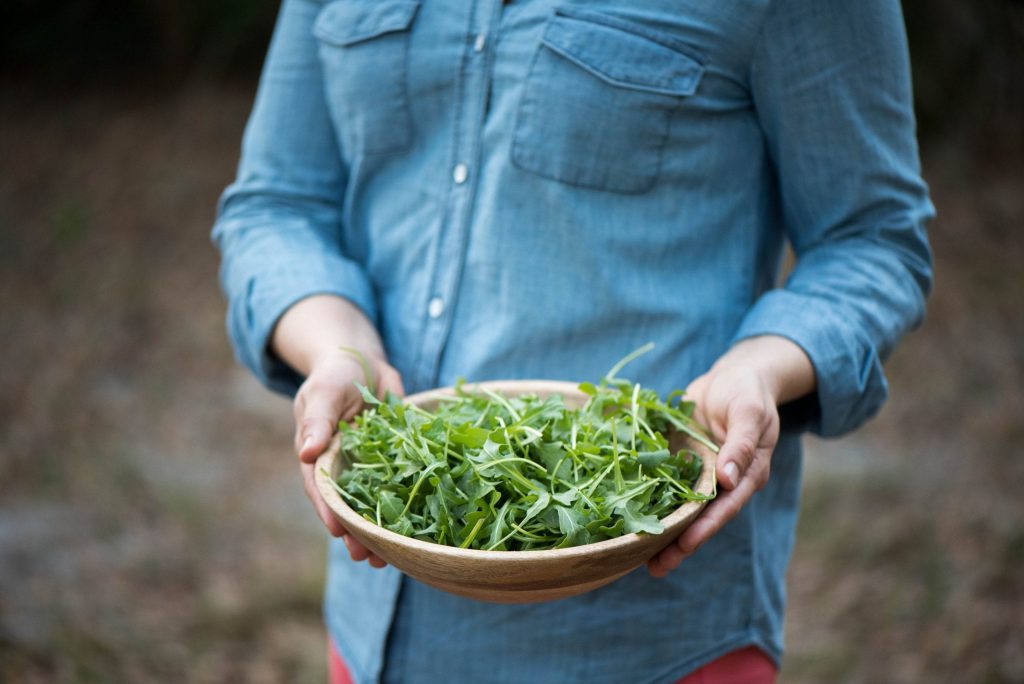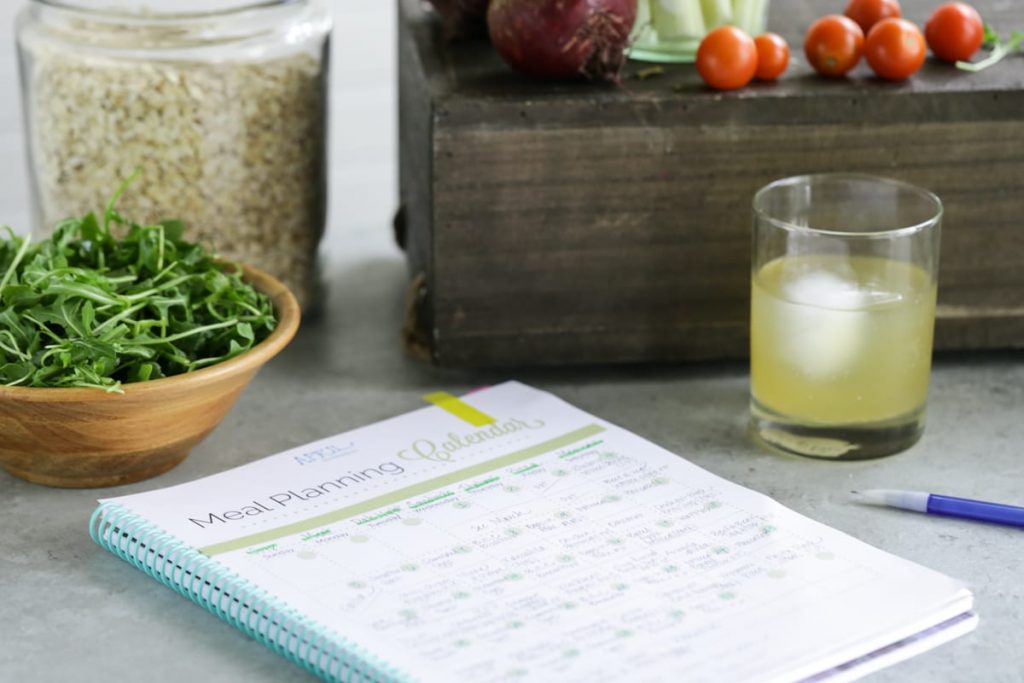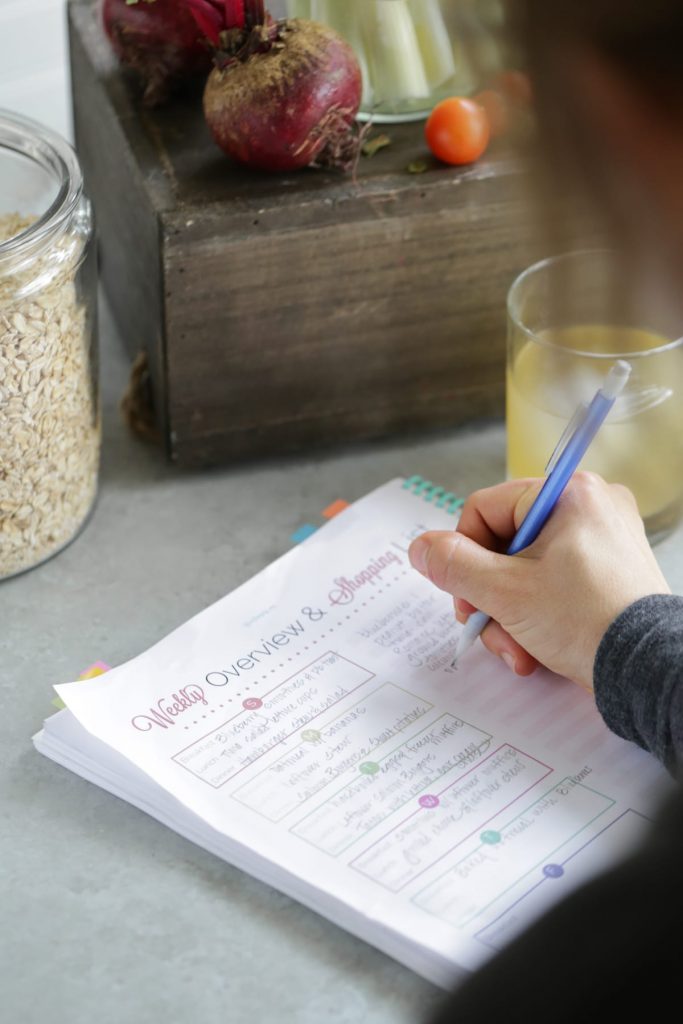
Want to Save This Article?
Enter your email & I’ll send it straight to your inbox. And you’ll get new recipes & tips each week.
“I have not failed. I’ve just found 10,000 ways that won’t work.” ~Thomas Edison
My failure (big mistake) story took place four weeks ago…
I created my meal plan on a quiet Saturday morning and went shopping the next day. I was tired and decided to skip the weekly fridge inventory before my planning session. I made waffles for the week on Sunday, but didn’t spend any time organizing the fridge or prepping (washing/storing) fresh ingredients.
That week was very busy. I was working a freelance food photography shoot and tackling a few other side projects at the same time. Due to the photography shoot, an extra mid-week grocery store trip was in order.
I walked into Whole Foods on Wednesday afternoon, with a list of photography food items, and soon became distracted by a gorgeous display of red grapes. “I need those!” In the basket they went. As I walked around sourcing my photography items, I also picked up lettuce, a pineapple, carrots, arugula and a block of cheese. Those extra items looked small and innocent, but at the register they proved to be just the opposite. “That will be $46!”
I returned home that afternoon and started to put my extra food away. The fridge was a disorganized mess. In the back of the fridge I found a bag of grapes, a head of lettuce, and even carrots. The very items I just purchased! The grapes were starting to look shriveled and the carrots were soft.
Not only did I spend an extra $46 that week, I had to throw out (give the chickens) good food we could have enjoyed if I had taken a few extra minutes the previous weekend to inventory our food stock (think: 5-10 minutes) and make sure our food was properly stored.
I’ve made countless real food mistakes over the last few years. Each mistake (failure) has taught me valuable lessons. Today, I want to share, based on my story (above) and so many more like it, five budget-crushing mistakes. More importantly, let’s also take a look at five ways to save money and enjoy real food!
5 Real Food Budget Mistakes
AKA: 5 Ways Real Food Budgets Don’t Work Based on My Personal Failures/Mistakes
 Photo Credit: Jeanine Leigh Photography
Photo Credit: Jeanine Leigh Photography
1.”I don’t need to take an inventory of my food stock.”
From my story (above), my first big mistake started when I didn’t inventory our current food stock before meal planning. Just a simple glance inside the fridge to take a written or mental inventory would have saved my family $46!
I use the printable pages from the Real Food Planning Challenge (now available in the hard-copy workbook) to keep an on-going inventory of our freezer and pantry.
A freezer inventory list is especially helpful for knowing how many packages of ground beef (or other cuts) I have available, and when I need to order more bulk beef. This list also includes frozen fruit and anything else I regularly keep stocked in the freezer.
My pantry inventory looks just like the freezer inventory, but with regularly-stocked pantry foods listed and the quantity of each item. Since the fridge contains more perishable items, I usually take a quick mental inventory each week before creating my meal plan/shopping list.
The Solution:
Dedicate a weekend (or a couple of days) and a couple of hours to clean out your pantry and freezer. As you remove items write down the foods you regularly keep in stock. For example: frozen strawberries (2 bags), oats (1 bag), flours, beef cuts (ground beef-5), whole chickens (3). I recommend maintaining this list with a pencil so you can easily erase and update numbers/items as needed.
If you need help stocking a real food kitchen check out my fridge, freezer, and pantry guides.
2. “I don’t need to meal plan.”
Everyone is busy and we really don’t need one more thing to do, but I’m here to say, “Meal planning will save your real food life!”
A meal plan is about so much more than just a list of meals. A meal plan is your guide! It tells you exactly what you need to purchase, how you’re going to use that food (so nothing goes to waste), and the meals/ingredients you can prep in advance to save time. When used strategically, a meal plan is your greatest asset to living an affordable and simple real food lifestyle.
The Solution:
Each month I choose themes to help provide structure to my meal plans. For example: Monday-Mexican, Tuesday-Italian, Wednesday-Casserole, Thursday-Soup and Salad, Friday- Pizza, Saturday- Grill, Sunday-Breakfast. I change my themes once a month.
I create my meal plans based off two lists: Family Favorite Meals and Recipes to Try. Family Favorite Meals is an on-going list of meals/recipes my family loves: hamburgers, spaghetti, quesadillas, tuna melts, black beans soup, roasted chicken. After brainstorming as many meals as I can make based off my current inventory of food, I fill in the remaining days with our favorite meals. Sometimes I feel like trying a new recipe, so I add that meal (which was already recorded on my Recipes to Try list) to my meal plan. If a new recipe receives praise it’s added to the Family Favorite Meals list so I can revisit it over and over again.
3. “I don’t need a shopping list.”
It’s so easy to stop at the store for just one little thing. But this can quickly lead to a big budget mistake. Yes, the extra shopping trip in my story was a necessity due to work, but I shouldn’t have been shopping for my family because I didn’t have a shopping list based on a meal plan (how I planned to use this food), and an inventory of our current food stock.
The Solution:
Take a look at each recipe/meal on your meal plan. Write down every single ingredient needed except the foods you already own. Remember to stick to your list while shopping and avoid impulse purchases.
4. “I’ll just put my food in the fridge.”
There’s nothing more frustrating than spending money on good food only to find a large percentage of your purchase rotting in the back of the fridge.
The Solution:
Keep your fridge organized and food visible in either glass storage jars or bags. “Out of sight, out of mind.” My favorite storage containers are Snapware, due to the variety of sizes and clear glass bottoms (I purchased my sets from Costco), and Weck Jars. I also use OXO Produce Keepers for large greens and herbs.
5. “I know this fruit isn’t in season, but I need it!!”
This is one of my biggest struggles when it comes to a real food budget.
Because I live in a big American city, strawberries are always available in the store, but that doesn’t mean they’re in season. This may sound silly, “Come on, Kristin, just buy the out-of-season berries!” But the the difference between a seasonal strawberry and one that’s purchased in July means paying $3 per box versus $7.99 per box. That’s a huge price difference. Yes, it’s only $4.99, but if you apply this amount to every piece of produce purchased… Cha-ching! That $4.99 can add up to a huge grocery bill.
The Solution:
Print a seasonal produce guide (Google “seasonal produce guide” or you can find a one-page printout in the Real Food Planning Challenge) for shopping trips. Shopping from this list can save hundreds of dollars each year. Soon you’ll begin to notice trends. For example: I paid $3.99 for a bag of apples in October, and I’ve noticed every February the price increases to $8.99! Or, just pay attention to produce prices–higher prices usually indicate that an item is out of season and being shipped from a far away location.
There are exceptions, in my opinion, to this list (bananas, leafy greens), but I try my best to shop according to seasons (which can vary by region).



 Photo Credit: Jeanine Leigh Photography
Photo Credit: Jeanine Leigh Photography

